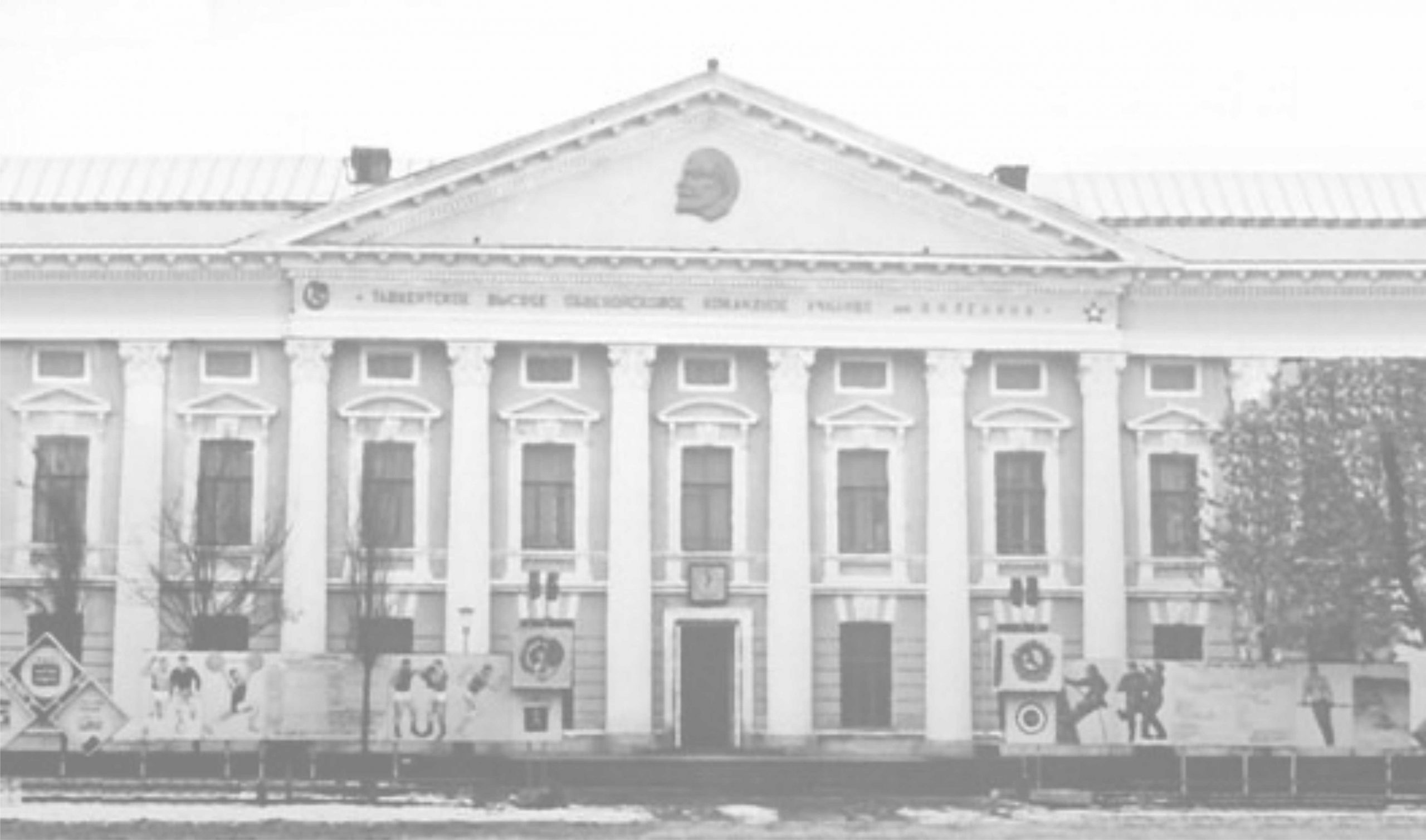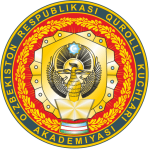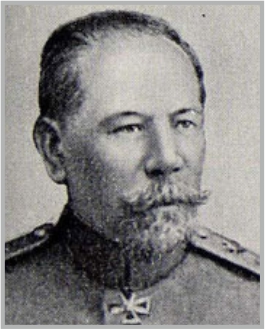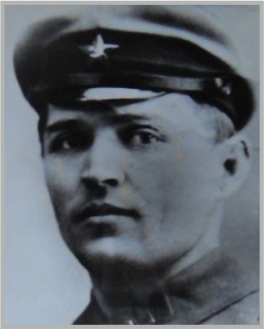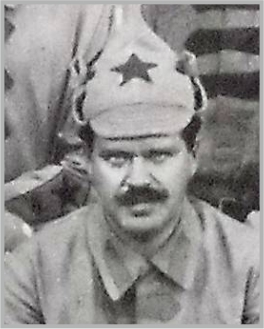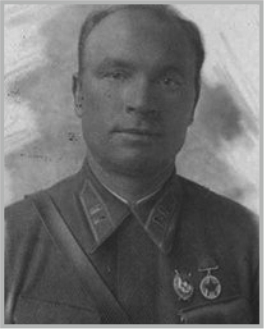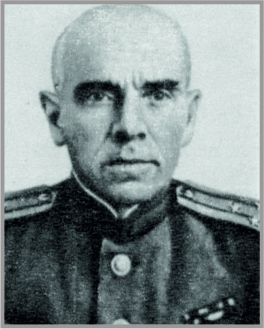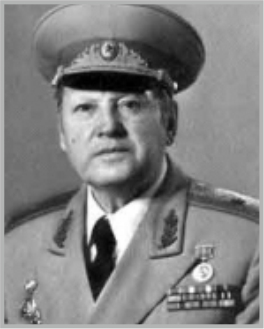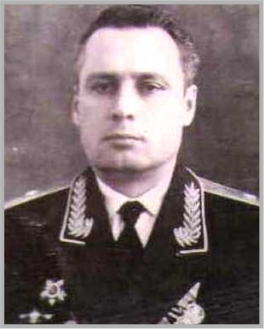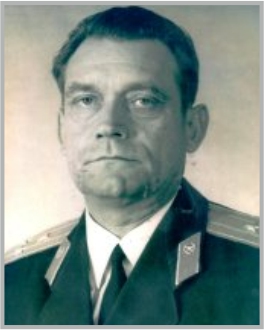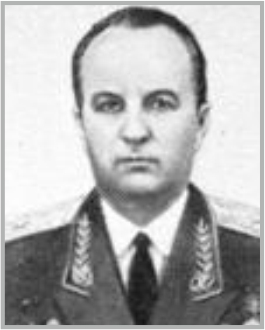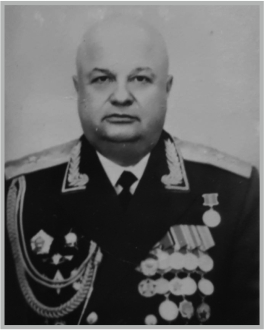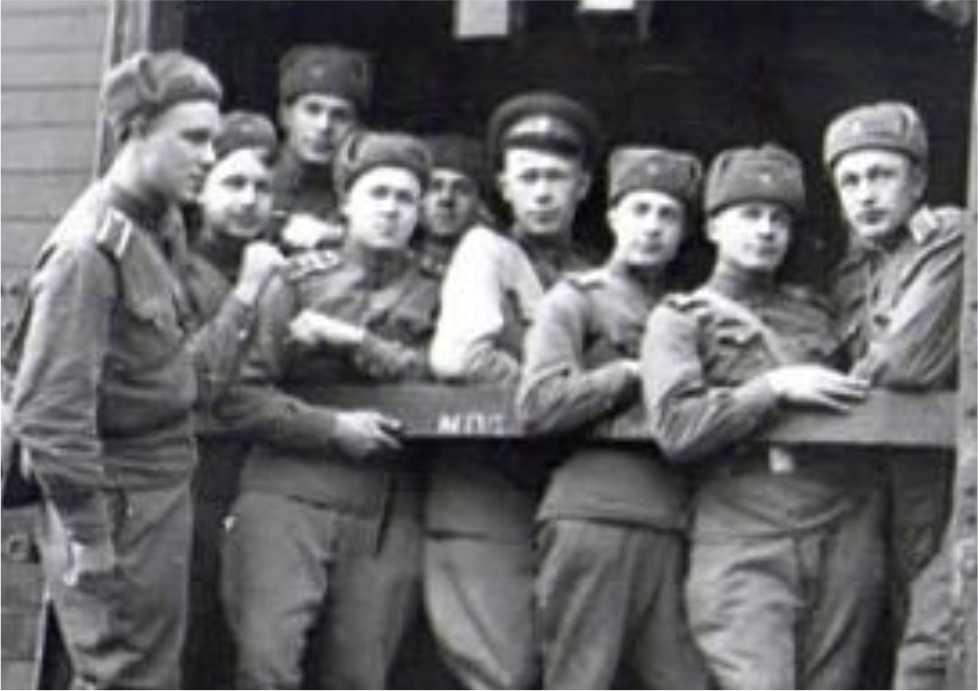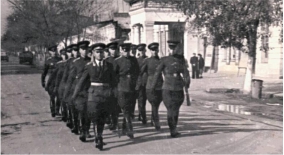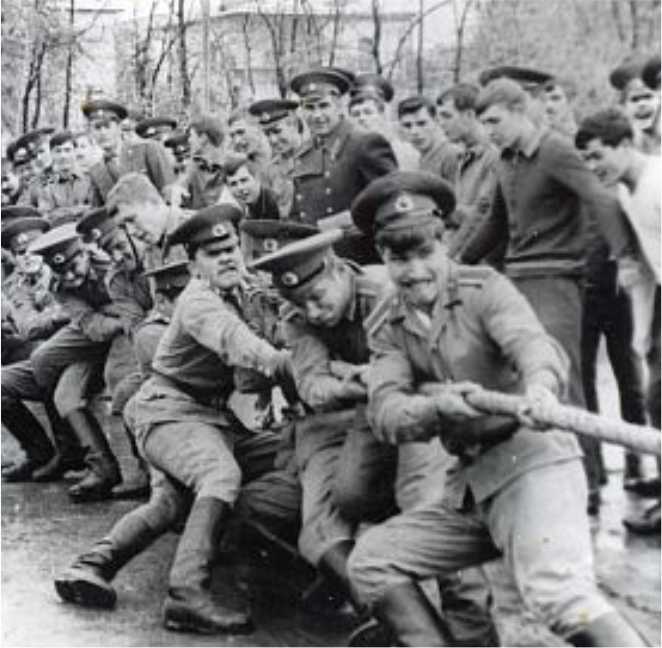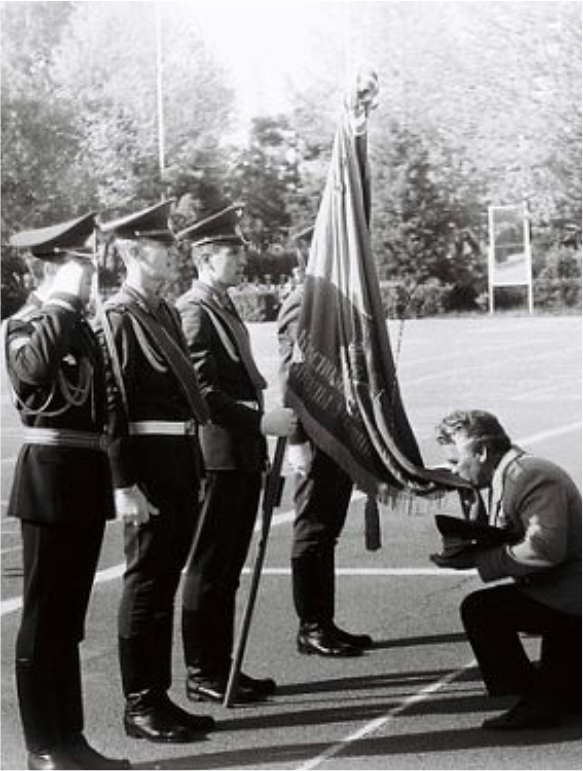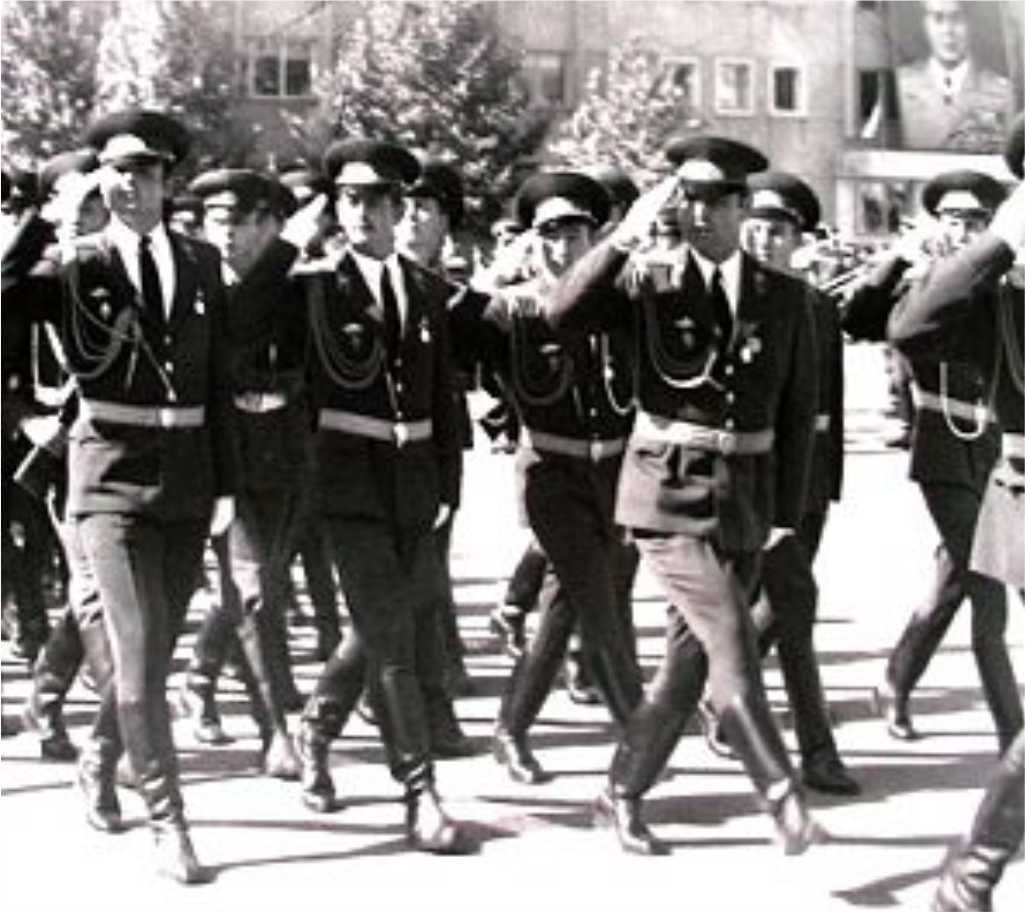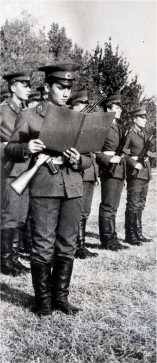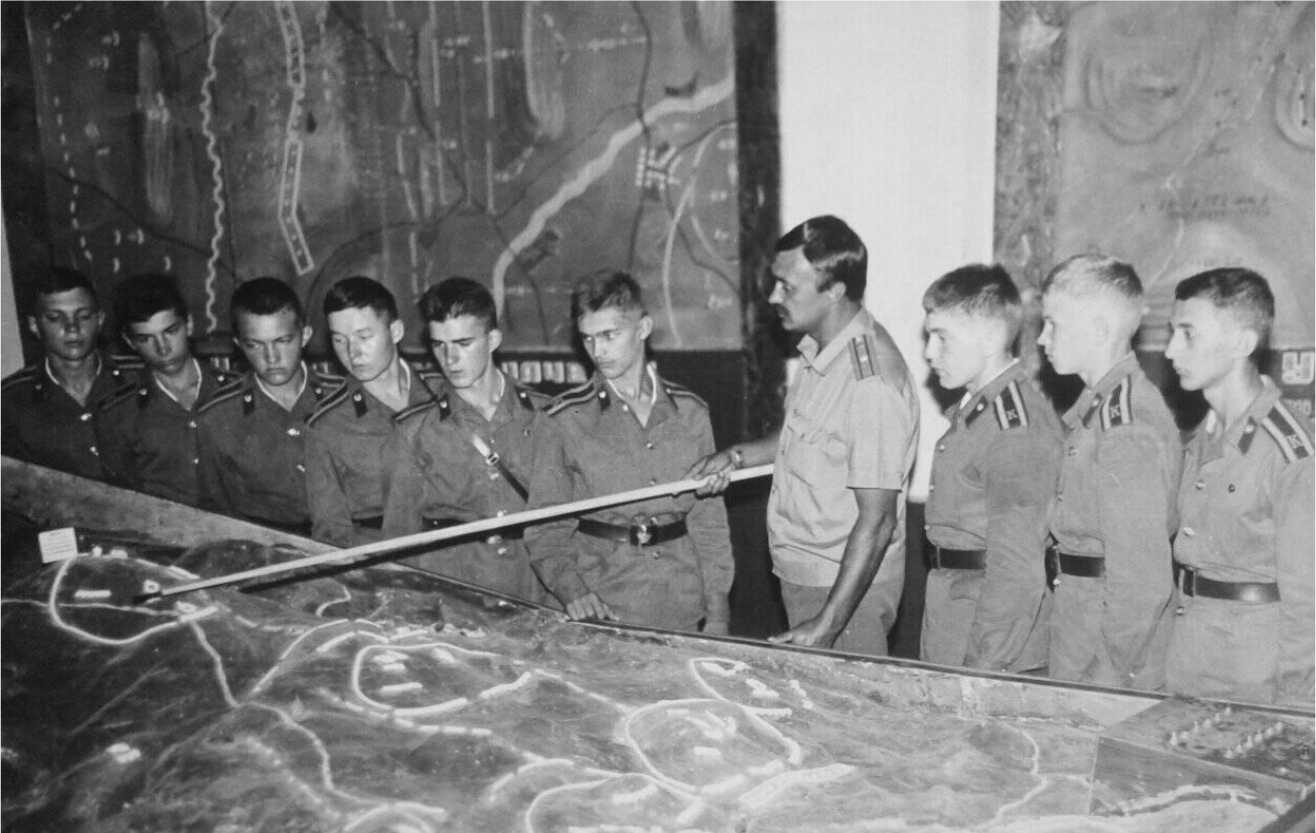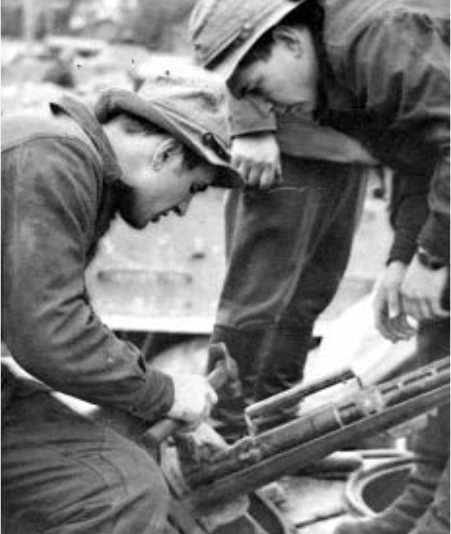Higher Military Command School (1945 - 1991)

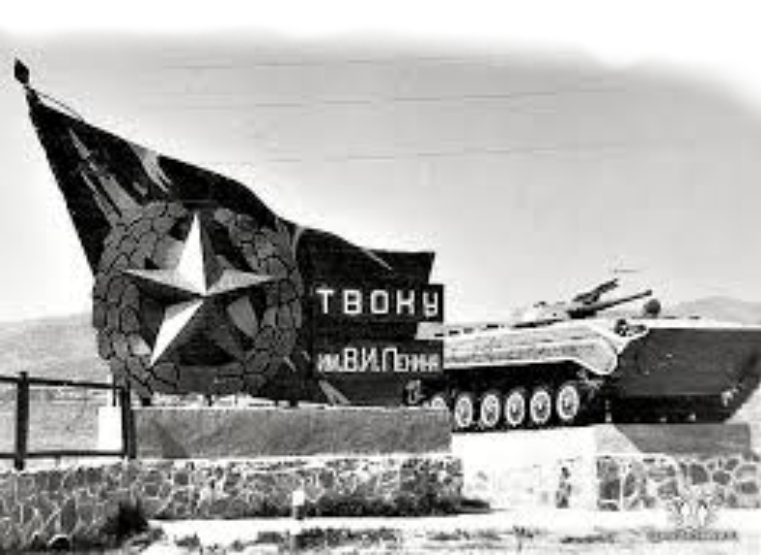
In the post-war period, the requirements for the training of officers increased. Military science and technology continued to develop rapidly. New means of struggle have appeared – weapons of mass destruction. The firepower, striking power and mobility of troops have increased significantly.
Taking into account the experience of World War II and the level of development of military science and technology, the organization and combat training of troops were improved. Since 1955, the school began to conduct complex classes, in which various topics of combined arms tactics are worked out in conjunction with other disciplines – artillery, topography, engineering and anti-chemical training.
At the beginning of 1957, a branch of the military scientific society was created at the school. Members of the society work on generalizing the experience of the past war, study and popularize the latest achievements of military science, and hold military-theoretical conferences.
In 1958 the school was transformed into a higher one and equated to a higher educational institution. The term of study at the school became four years. With the transition to a new training program, cadets, along with military disciplines, began to study higher mathematics and theoretical mechanics, physics, chemistry and other subjects. More attention began to be paid to the social sciences.

In 1965-1966, the troops were manned by armored personnel carriers. In this regard, the training program is changing, the number of hours for technical training is increasing. The cadets began to study the material part and the rules of operation of the armored personnel carrier and medium tanks, learned to carry out maintenance, as well as drive a tank over rough terrain. Since 1967, the school has been moving on to the study by future commanders of new equipment – infantry fighting vehicles (infantry fighting vehicles), modern models of small arms, missiles and anti-aircraft means of combating the enemy. After graduating from the college, graduates of 1972 for the first time, along with military education, received the specialty of an engineer for the operation of armored and automotive equipment. In 1974-1977, the tankodrome was completely re-equipped, simulator classes for driving combat vehicles and automobile according to the rules of the road were created.

In 1959, a monument was erected on the territory of the school – the Obelisk in honor of the heroic deeds of graduates of the school of all generations, which was solemnly opened on May 8, 1960.

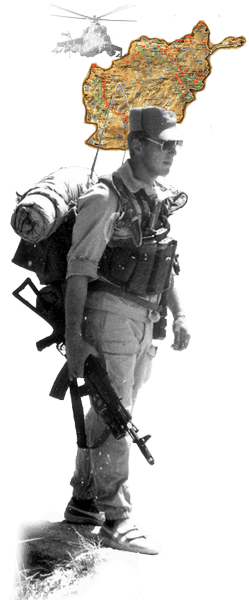
In the period from December 1979 to February 1989, thousands of graduates of the Tashkent Higher Combined Arms Command School performed combat missions while passing service as part of a limited contingent of Soviet troops in Afghanistan, many were awarded with military state decorations. At the same time 66 graduates of the school heroically died, covering themselves with everlasting glory.
In the 80’s and 90’s of the twentieth century the main slogan of cadets’ training was: “Learn what is necessary in the war”. The experience of conducting military operations by Soviet troops in Afghanistan contributed to it. This supposed adapting the educational process to real combat conditions, the search for new, more effective methods of fitting out the personnel with the necessary knowledge and skills, and decisive suppression of simplifications.

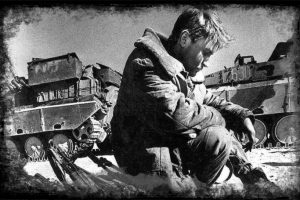



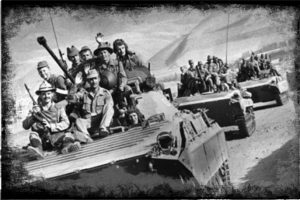
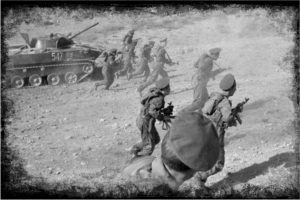
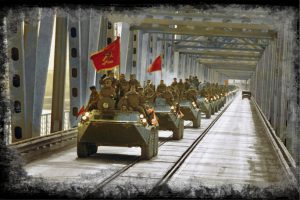
Previous
Next
COMMANDANTS OF THE MILITARY SCHOOL (1918-1991)

